Species Photo Gallery for Driotura gammaroides No Common Name 12 |
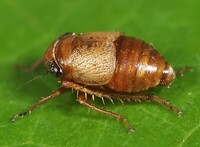 | Photo by: Rob Van Epps
Mecklenburg Co.
Comment: Caught sweeping in a field. There were several black individuals and this one var. "fulva". | 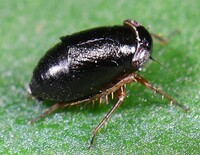 | Photo by: Rob Van Epps
Iredell Co.
Comment: Caught sweeping in grassy/weedy field. |
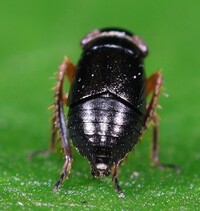 | Photo by: Rob Van Epps
Iredell Co.
Comment: Caught sweeping in grassy/weedy field. | 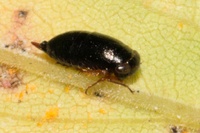 | Photo by: Scott Bolick
Randolph Co.
Comment: |
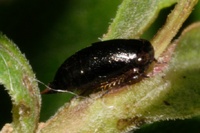 | Photo by: Scott Bolick
Randolph Co.
Comment: | 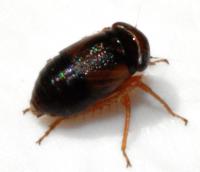 | Photo by: Kyle Kittelberger, Brian Bockhahn, Paul Scharf
Vance Co.
Comment: Field/forest edge habitat. The first image shows a color variety |
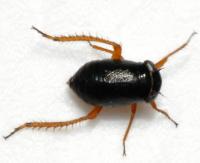 | Photo by: Kyle Kittelberger, Brian Bockhahn, Paul Scharf
Vance Co.
Comment: Field/forest edge habitat. The first image shows a color variety | 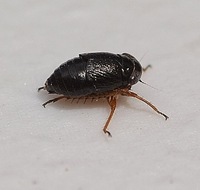 | Photo by: Paul Scharf, Kyle Kittelberger, Brian Bockhahn
Vance Co.
Comment: Caught sweeping |
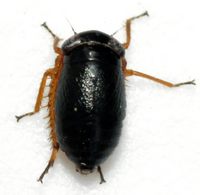 | Photo by: Kyle Kittelberger, Brian Bockhahn, Paul Scharf
Vance Co.
Comment: Field/forest edge habitat. The first image shows a color variety | 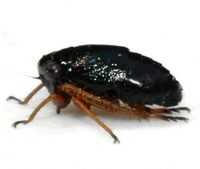 | Photo by: Kyle Kittelberger, Brian Bockhahn, Paul Scharf
Vance Co.
Comment: Field/forest edge habitat. The first image shows a color variety |
 | Photo by: Kyle Kittelberger, Brian Bockhahn, Paul Scharf
Vance Co.
Comment: Field/forest edge habitat | 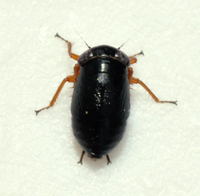 | Photo by: Kyle Kittelberger, Brian Bockhahn, Paul Scharf
Vance Co.
Comment: Field/forest edge habitat |
|

 »
»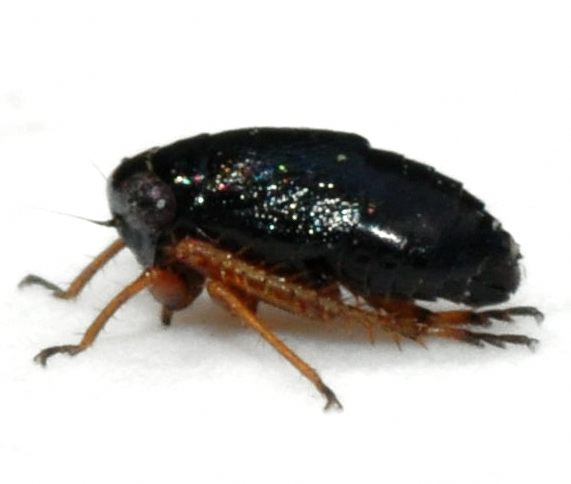
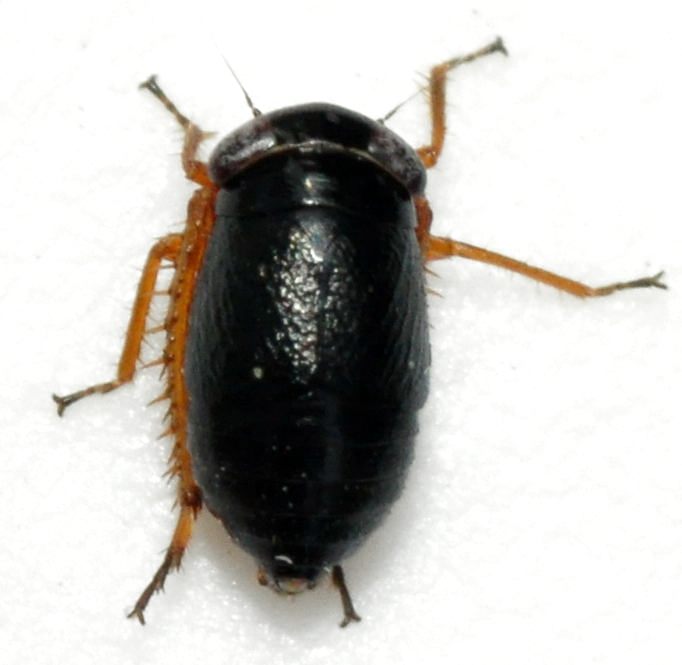
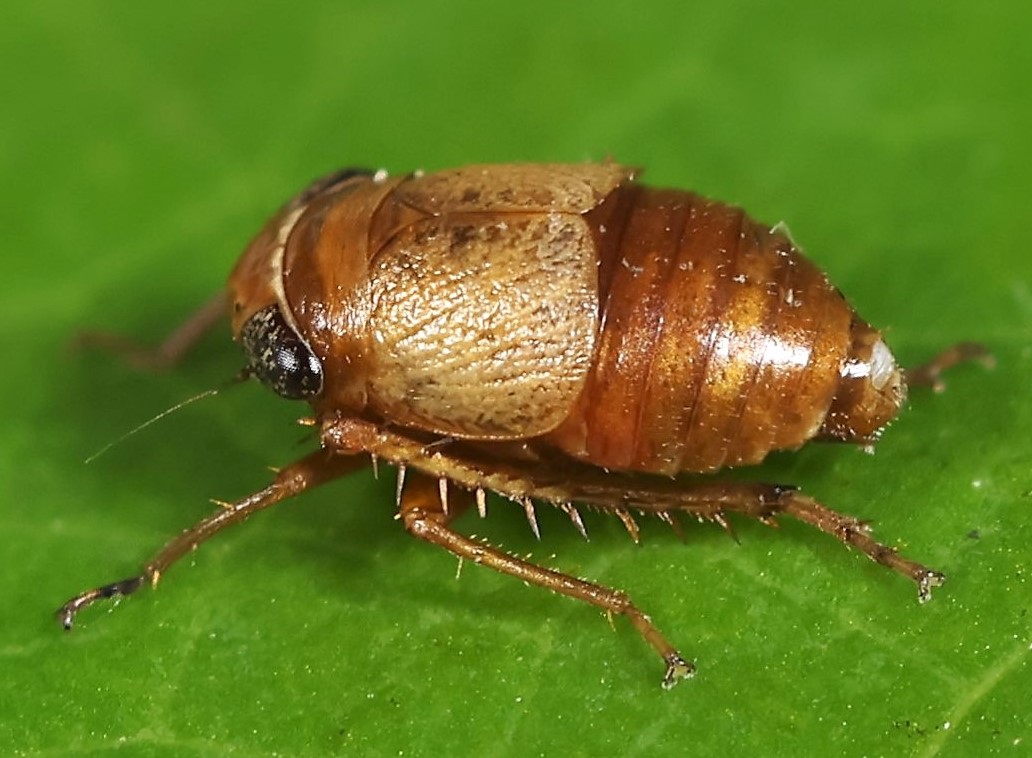
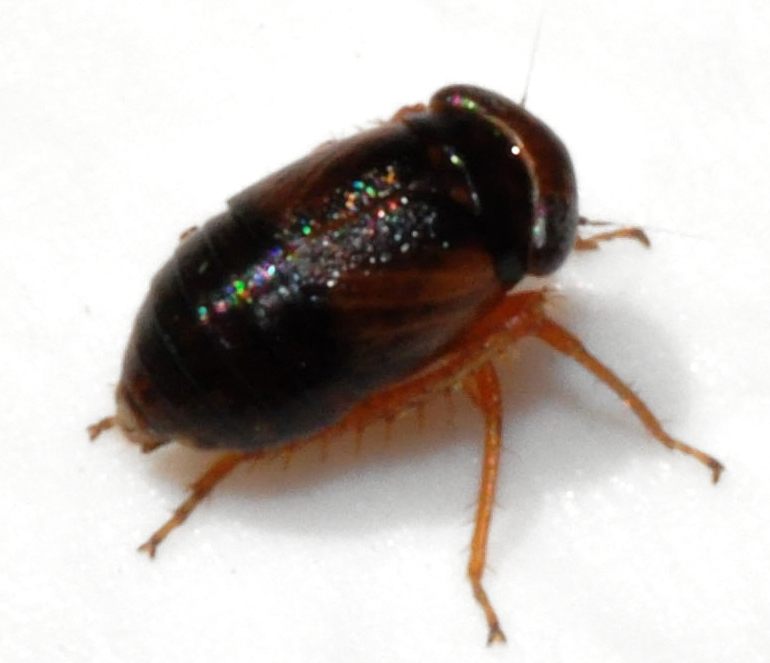

 »
»


